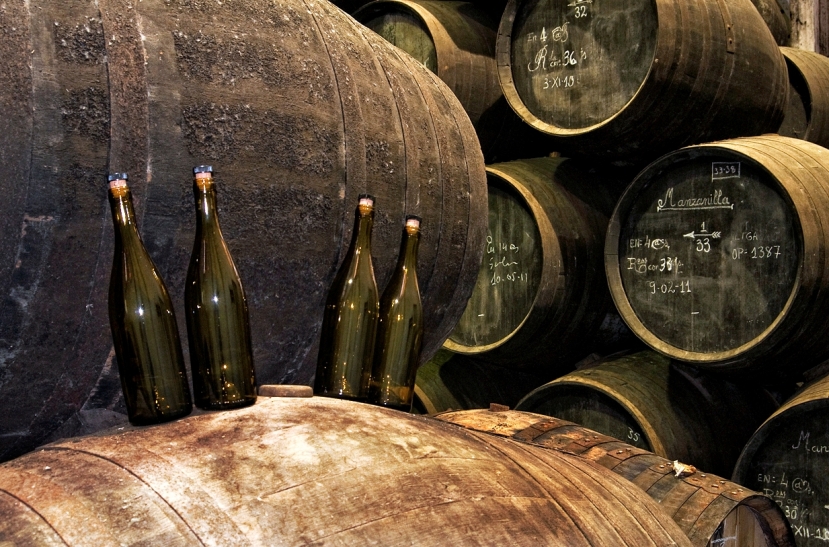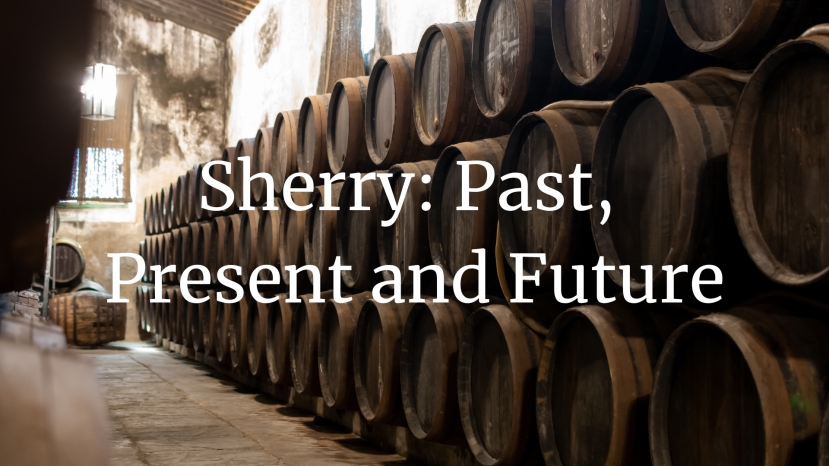BLOG
Sherry
Summary:
The Sherry region of Spain is one of the country’s oldest and most traditional; but did you know it is also one of the most dynamic? While many historic regions remain stuck in the past, Sherry is forging a new future.
Over the past couple of years, numerous (sometimes radical) changes have been discussed, including “unfortified” Sherry and new grape varieties.
Sherry producers like to say they deal with two types of terroir.
“First,” says Fermin Hidalgo, owner of leading Sanlúcar de Barrameda-based Bodegas Hidalgo La Gitana, “the ‘classic’ terroir we all know: climate, soil, etc. The second terroir is the one related to the wineries… Biological ageing is part of our terroir.”
Many wine regions in Europe like to reference their long history, typically dating the arrival of the first vineyards back to the time of the Roman legions. Viticulture in Jerez may well have an even longer history than that; it’s entirely possible that the first vines in the region were planted by the Phoenicians around the time they established the nearby port city of Cadiz in 1,110BC.
Summary:
Jerez is among the older wine regions in the World, with nearly 3,000 years of continued wine activity. Over the centuries, wine production has evolved into very unique methods of production and a whole series of different wines of very strong identity, which were finally regulated under the first DO appellation in Spain, 85 years ago. But wine production continues to evolve in the Sherry region and local winemakers are now experimenting beyond the DO rules to find new
How to Watch
You can catch this session on our community space here
Summary
In this month’s Icon tasting, we introduce the wonderful wines of Stephane Tissot and his iconic Ch. Chalon Vin Jaune 2016.
As well as learning about this brilliant producer, we also consider
As the global popularity of Spanish wine grows, more exciting options are becoming available in restaurants and wine shops. While many people are familiar with Spain's premium red wines from regions such as Rioja and Priorat, the country also produces stellar white wines. These wonderful – and often underappreciated selections – represent a great value with excellent variety and versatility.
Like its red wines, Spain's white wines are labeled with their appellation of origin – or Denomination of Origin (DO). This designation represents the grape's place of origin, and typically each DO will specialize in one or more different wine styles made from specific grapes. For those new to Spain, knowing what to expect can be challenging if you are unfamiliar with the region.
Below is a breakdown of some of Spain's most popular (and delicious) white wines. This list includes their region of origin as well as the primary grapes from which the wines are made. Use this as a guide to expand your understanding of Spanish wine.
Of all the styles of sherry, palo cortado is the most ambiguous, and indeed, deliberately so. The Consejo Regulador, sherry’s governing body, defines every other style of sherry in relatively specific detail, yet when it comes to palo cortado, the rules describe it simply as a wine combining the delicacy and aromatic refinement of an amontillado with the structure and body of an oloroso. In addition, nothing is mentioned about its method of production, which further allows the definition of palo cortado to be left open to interpretation.
Watch the recording of this event on our community pages here
Description







